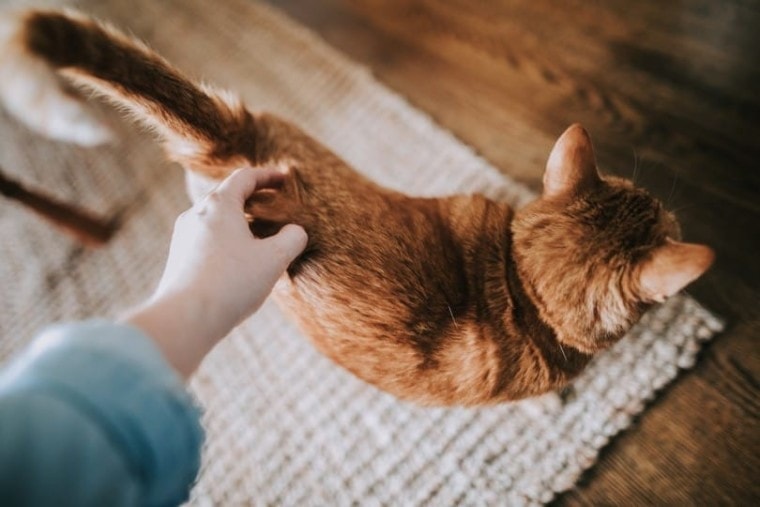
Not many things in life are as calming and satisfying as petting a cat. But unless you have an existing relationship with the feline, it’s hard to know exactly where to start sometimes.
Cats are fickle creatures. What works well for one cat will not necessarily work for another. So, what are the best places to pet a cat? We talked to the experts and got some (fairly) surprising answers. Keep reading for more!
How to Begin
When you’ve been around a cat for a long time, you naturally start to learn the good spots and the “must avoid at all costs” spots. But when meeting a new cat, you must be careful on the approach.
Many people have been on the receiving end of a nip or a scratch while giving a cat some affection. Usually, this just means they are overstimulated, or you’re just not doing it right.
You should always introduce yourself to a strange cat. Allow the cat to smell your fingers, and move slowly so the cat doesn’t feel threatened in any way. It’s always best to let the cat come to you, and once the right signals are given, you can proceed with pets.

Signs That a Cat Is Approachable
It’s always a good idea to be able to understand a cat’s body language so you can tell the difference between a relaxed, angry, or fearful cat. Signs that a cat is receptive to pets can include:
If you gently hold your finger or hand up to a cat, they will usually push their head against it. Purring, bunting, and making biscuits are all telltale signs that a cat is feeling happy and content.
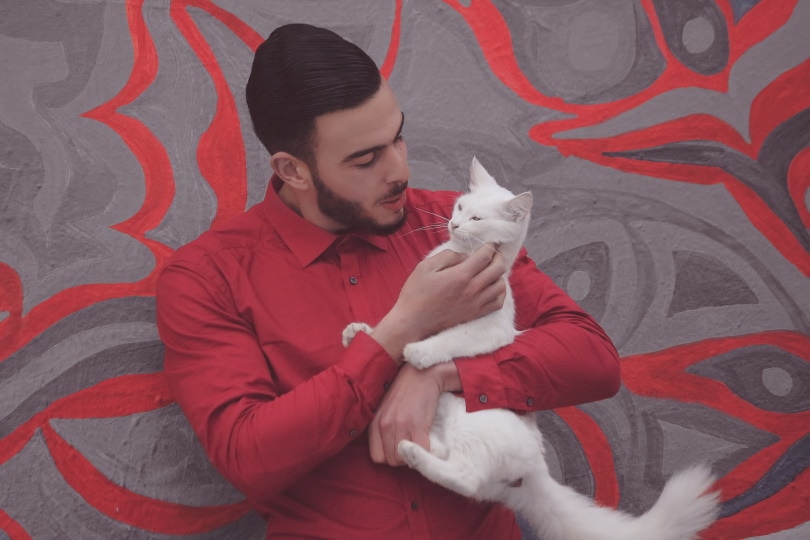
Where Are the Best Places for Pets?
There are about four places on a cat’s body that are safe bets for pets:
Where Not to Pet
While there are the right places to pet a cat, there are also wrong places. The worst areas are:
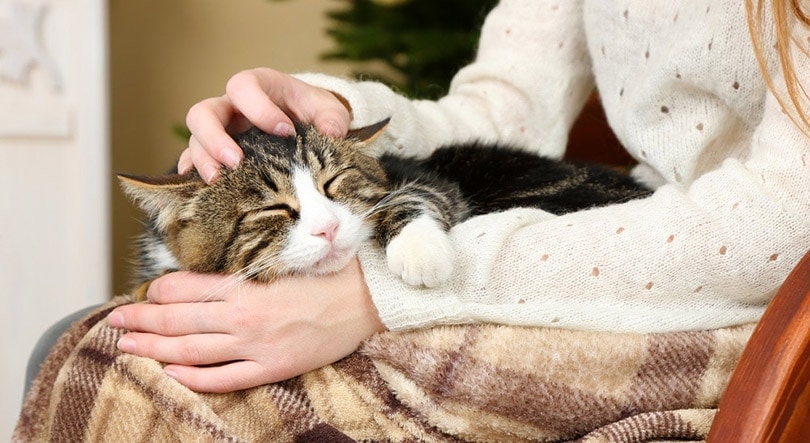
Hit or Miss
Since our cats can be so unpredictable and so uniquely cats, there are a few areas that are hit or miss, depending on the cat.
The general cat rule to follow is this:
How Do Cats Like to Be Petted?
According to cat expert Jackson Galaxy, one of the best methods for petting a cat is to let them guide you to what they want. You hold up your pointer finger to your cat’s nose, and your cat will push against your finger in the direction that they want pets the most (most often along the cheeks).
Giving your cat the choice and the control for when and how much they get pets will mean a happier cat and fewer potential bites for you.
This is a difficult part of cat ownership for most cat lovers out there. Looking at your cat’s absolutely adorable face just makes you want to pet them so badly, but unless your cat show signs that they are seeking affection, it’s best to respect their personal space.
Petting and scratching your cat should be done gently (in other words, not roughly) and with moderate pressure. Try to move around the area that you’re focused on.
So, if you’re giving your cat a nice chin-scratching, move from the chin and along the jaw and then down the neck. Allow your cat to guide you to their favorite areas.
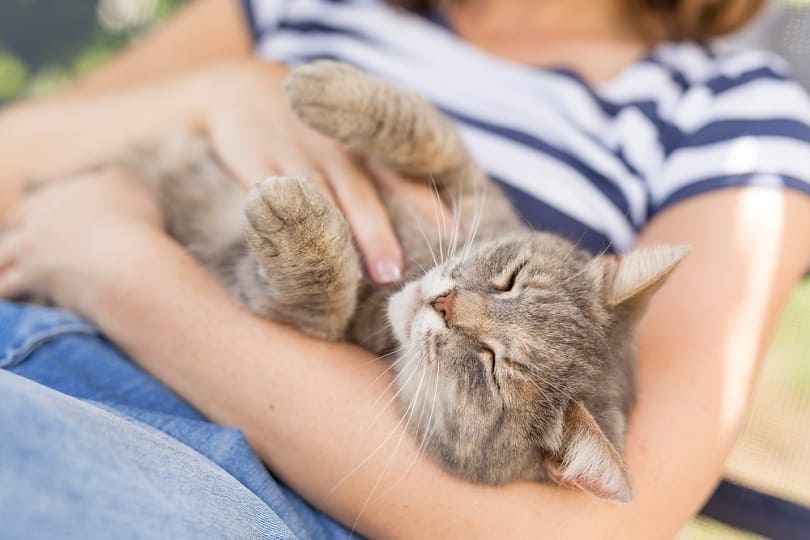
Signs That Your Cat Has Had Enough
Galaxy explains that when a cat lashes out when you’re petting them, it’s called overstimulation aggression. This is defined as “negative behavior from your cat as a result of disagreeable petting or excessive attention.”
He outlines what to look out for, so overstimulation isn’t as likely to happen:
Galaxy recommends spending plenty of time playing with your cat because this can help release much of the pent-up energy and aggression that they might have.

Letting Your Cat Decide
This Nottingham Trent University study examined the best way to approach cats in order to reduce aggressive behavior and increase their affection.
The study provides guidelines that follow the acronym CAT:
So, the first step (C) is offering your hand to your cat and allowing them to decide whether they want to interact with you or not. If the cat chooses not to interact, you let it go and resist the urge to chase the cat down to cuddle or pick them up.
The next step (A) is to pay attention to the signs that your cat is enjoying the interaction or is starting to get agitated. Look for those back twitches and tail lashing, or if your cat stops purring or looks sharply at you, these are all indications that you probably need to stop petting your cat.
The last (T) is to know where the best places are to touch or pet your cat. This is something that you probably already know, so if your cat responds best to cheek scratches, go with that and remember to pay attention to when your cat has had enough.
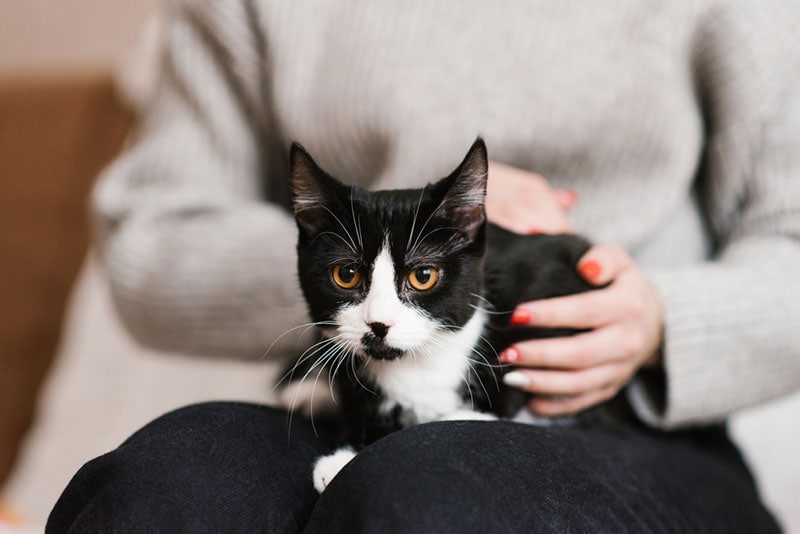
The Results
The study used 100 cats and a number of participants who spent time interacting with a few cats before and then after training in the CAT method.
The study’s overall results showed that the cats were not showing signs of discomfort or aggression during these interactions, and this was after following the CAT guidelines.
In addition, these same cats were exhibiting more friendly behaviors toward the participants and seemed to be generally more comfortable and affectionate.
What does this tell us? Cats will and do respond best when given control over their interactions with us. Knowing cats as we do, this shouldn’t come as any real surprise.
Conclusion
In the end, the most important thing to remember is to slowly build the trust between you and your cat. And a big part of trust is respect, which can be accomplished through the CAT method.
Additionally, each and every cat has their own preference for how they want to be petted, as well as by whom. While most cats dislike belly rubs, you might be the proud owner of a cat that loves them.
Featured Image Credit: Christin Hume, Unsplash






